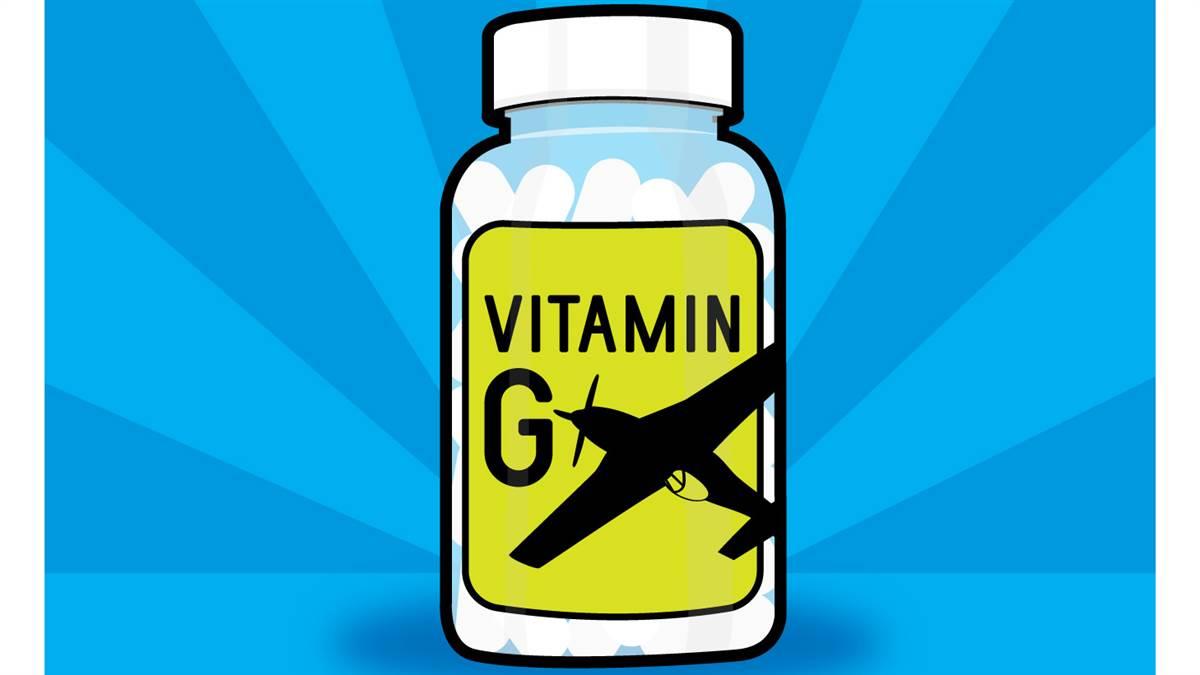Human Factors: ‘Vitamin G’
An aviation cure for just about everything

That term refers to the hard-to-measure but oh-so-real benefits of pulling a few Gs, the kind you experience during aerobatic flight.
Aggressive maneuvering can be invigorating and refreshing, and it frees you, at least temporarily, from earthly concerns like few other pursuits. A mere half-dozen relatively gentle maneuvers later, I felt vastly better.
I asked Stephen Leonard, an aerobatic pilot and former U.S. Air Force flight surgeon, about the physiology behind Vitamin G. What makes pilots feel so darn good after strenuous flights? And on the other side of the coin, why do we get so glum and grouchy when we go without flying for too long? Is this an addiction?
Leonard’s answer: It’s all in your head.
“There’s probably no physical basis for it,” he said. “Pilots love the three-dimensional freedom and the exhilaration that comes with aerobatic flying, and the sights and sensations involved in the activity provide a strong sense of well-being. We miss feeling that way when, for whatever reason, we can’t fly. It’s that simple.”
But just because it’s “only” psychological doesn’t mean the symptoms aren’t real, or powerful.
What makes pilots feel so darn good after strenuous flights? And on the other side of the coin, why do we get so glum and grouchy when we go without flying for too long?Leonard said one of the highlights of his life was a twilight flight in a two-seat F–16 fighter. A high-altitude loop had the airplane floating over the top of the maneuver at zero Gs while the nose fell to the horizon facing west.
“I’ll never forget the sensation of being weightless in that airplane while the nose came down and the last traces of an Arizona sunset came into full view,” he said. “It was one of the most beautiful things I’d ever seen. It was a euphoric sensation. I was happy for days after that.”
Emotional and physical events—or a combination of both—can trigger endorphins and other neurotransmitters to kick into overdrive inside our brains. These neurotransmitters have been known to produce memorable feelings such as a “runner’s high,” a mildly euphoric, post-exertion feeling that keeps people hitting tracks and trails in search of similarly blissful sensations.
But neurotransmitters produce no measurable chemical release or other changes within our bodies, and the runner’s high is elusive. The same amount of exertion in the same conditions can produce pure joy or sore knees and ankles, and they don’t know which they’ll get.
Vitamin G isn’t a sure thing, either, but it’s more dependable than a runner’s high. The right combination of acceleration, physical strain, and sustained mental focus produces the same pleasing results just about every time—and it’s a better sleep aid than melatonin. Pilots seldom sleep as soundly as they do the night after a strenuous day of flying.
Vitamin G may be an adrenaline/dopamine/endorphin stew—but no one seems to know the exact ingredients. And even though you won’t find it at your local pharmacy, look for Vitamin G in the sky.
Doctor’s orders.
Email [email protected]

